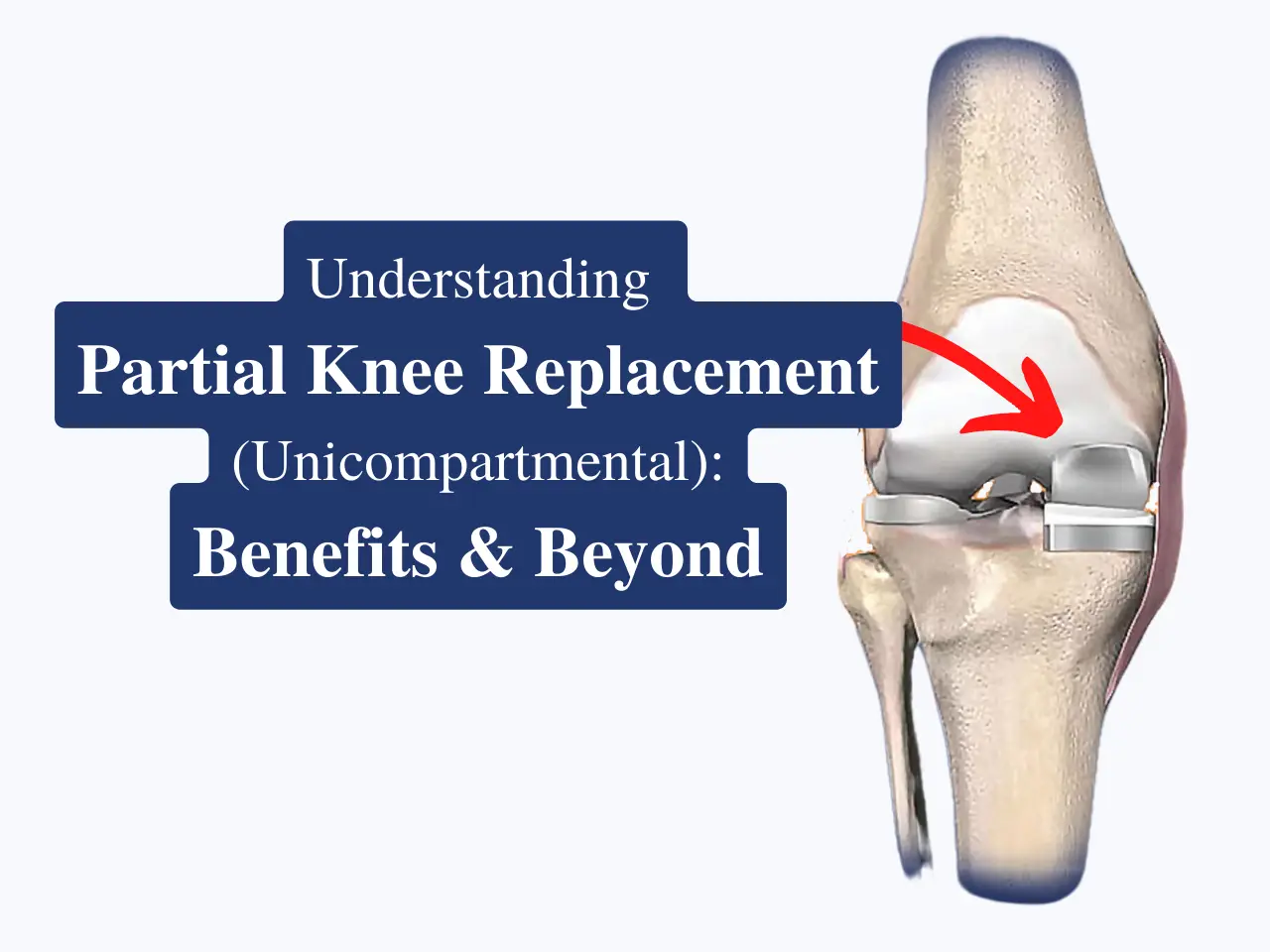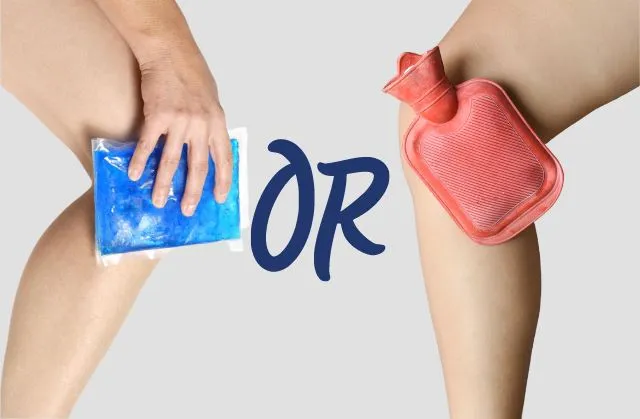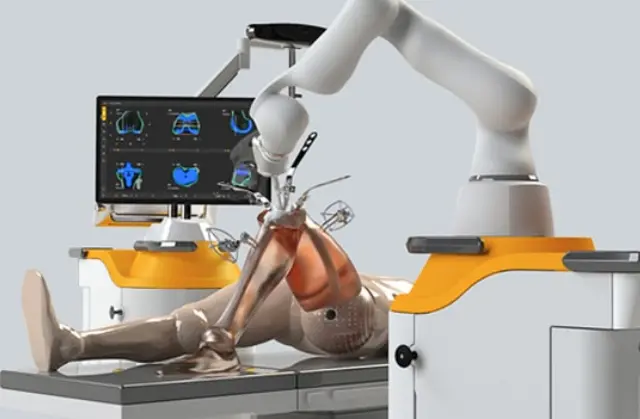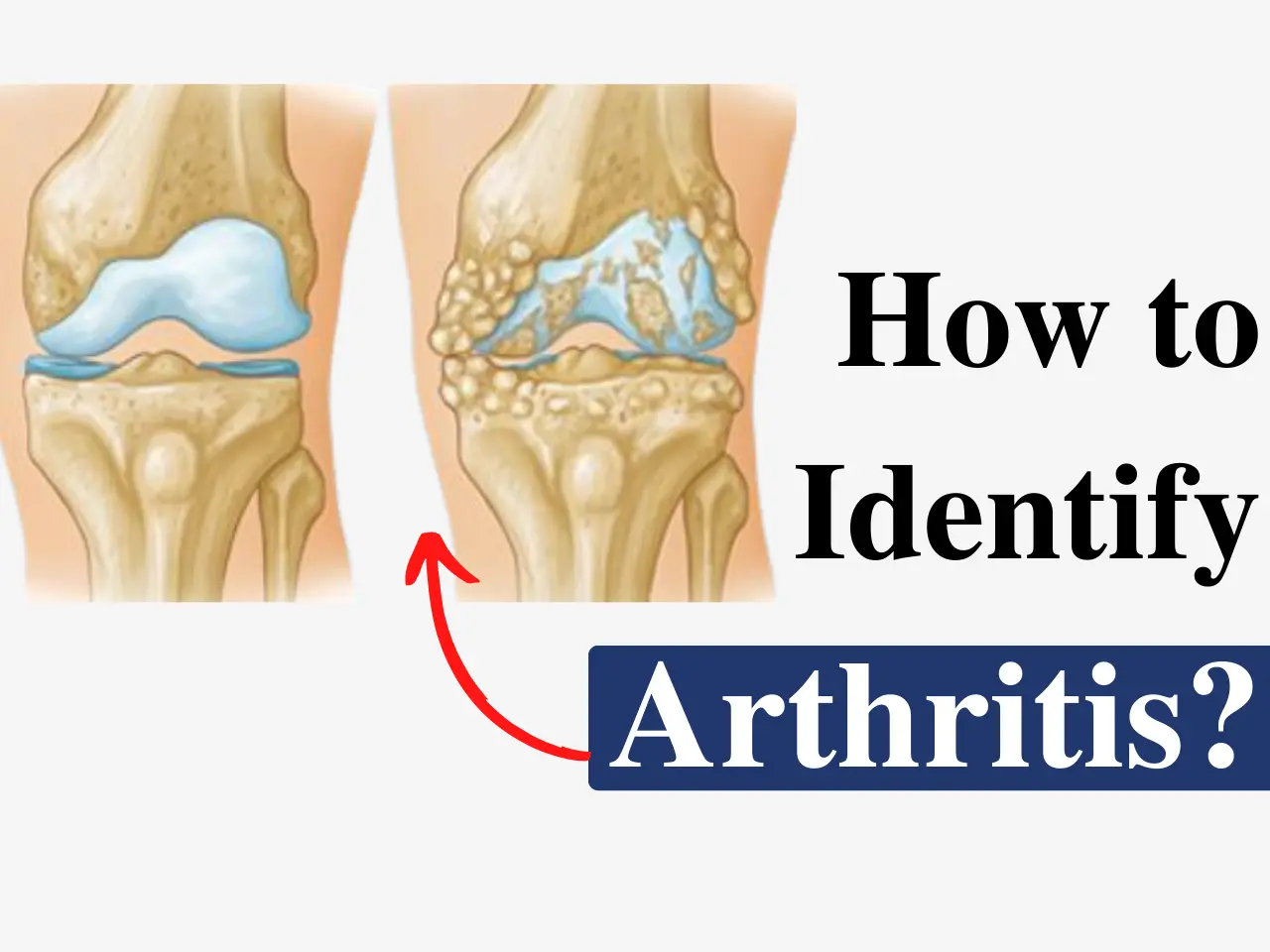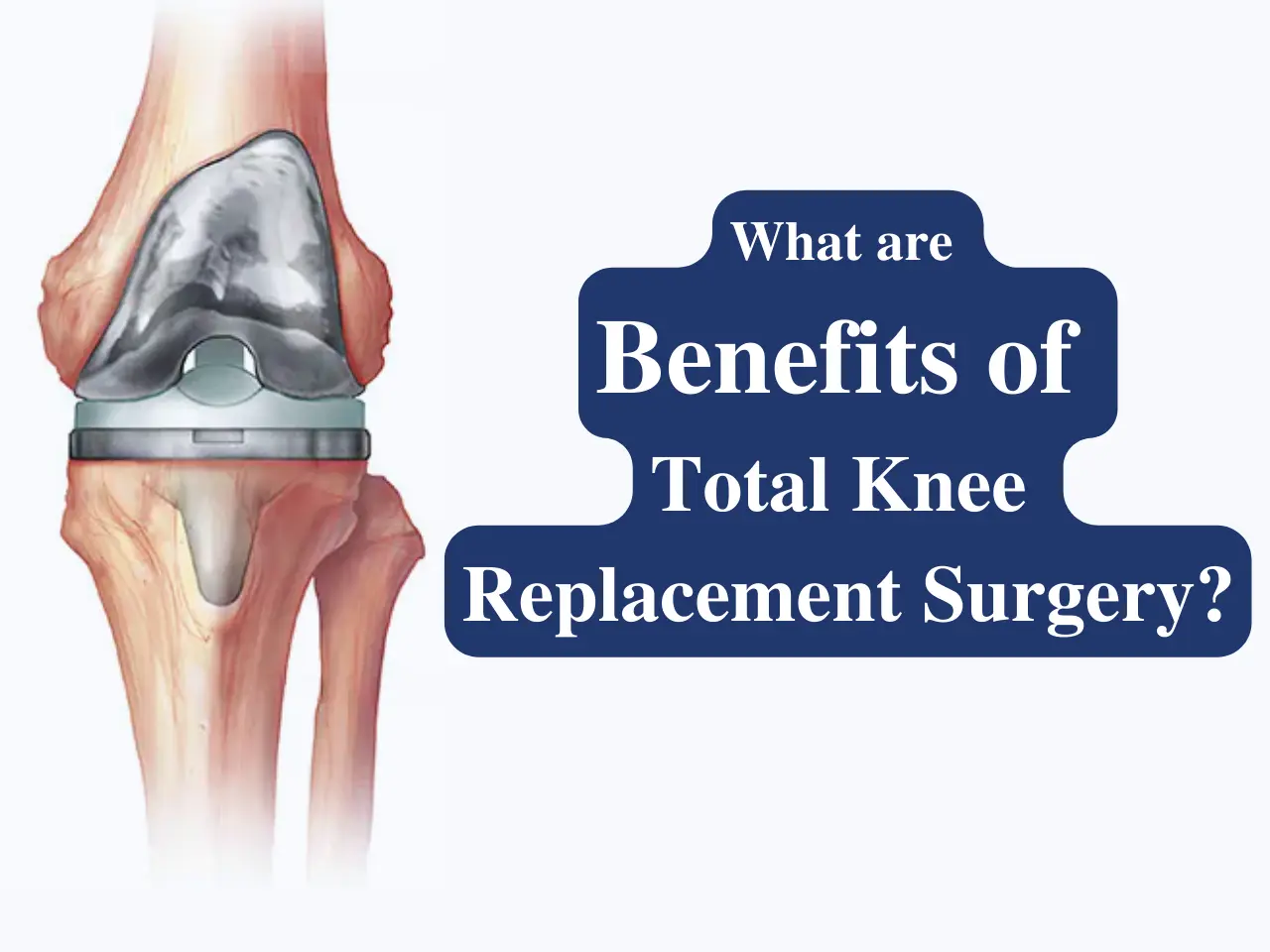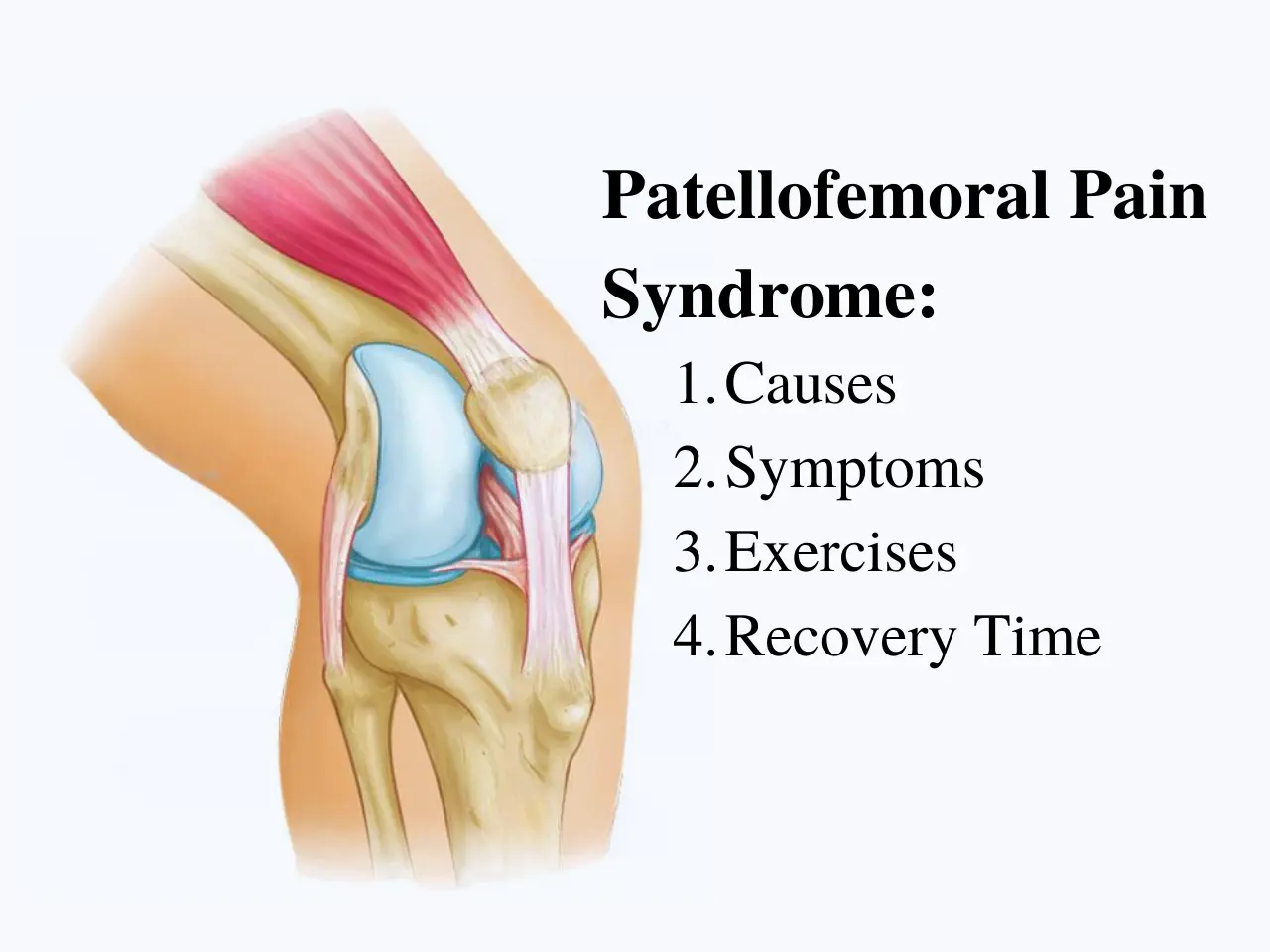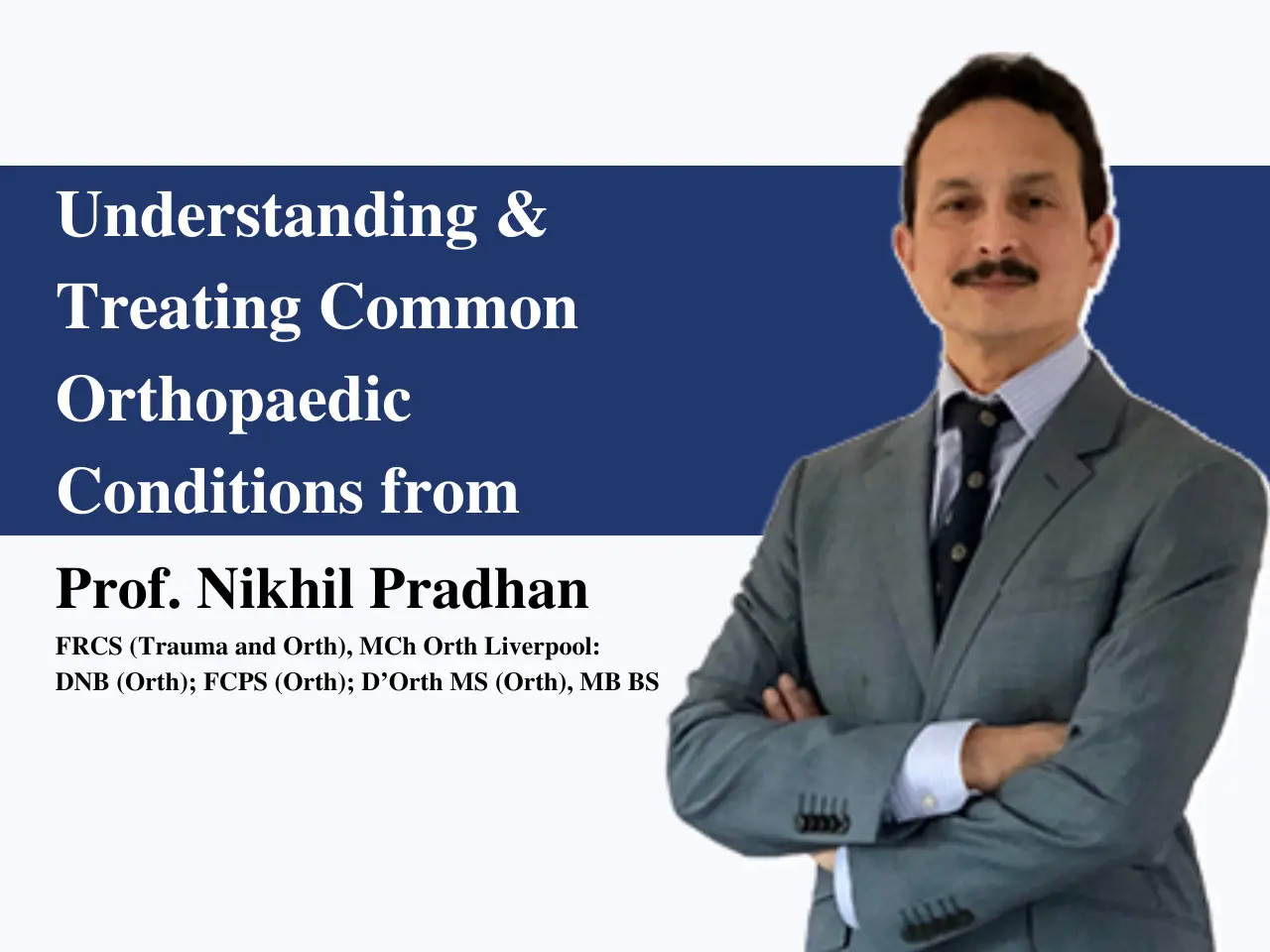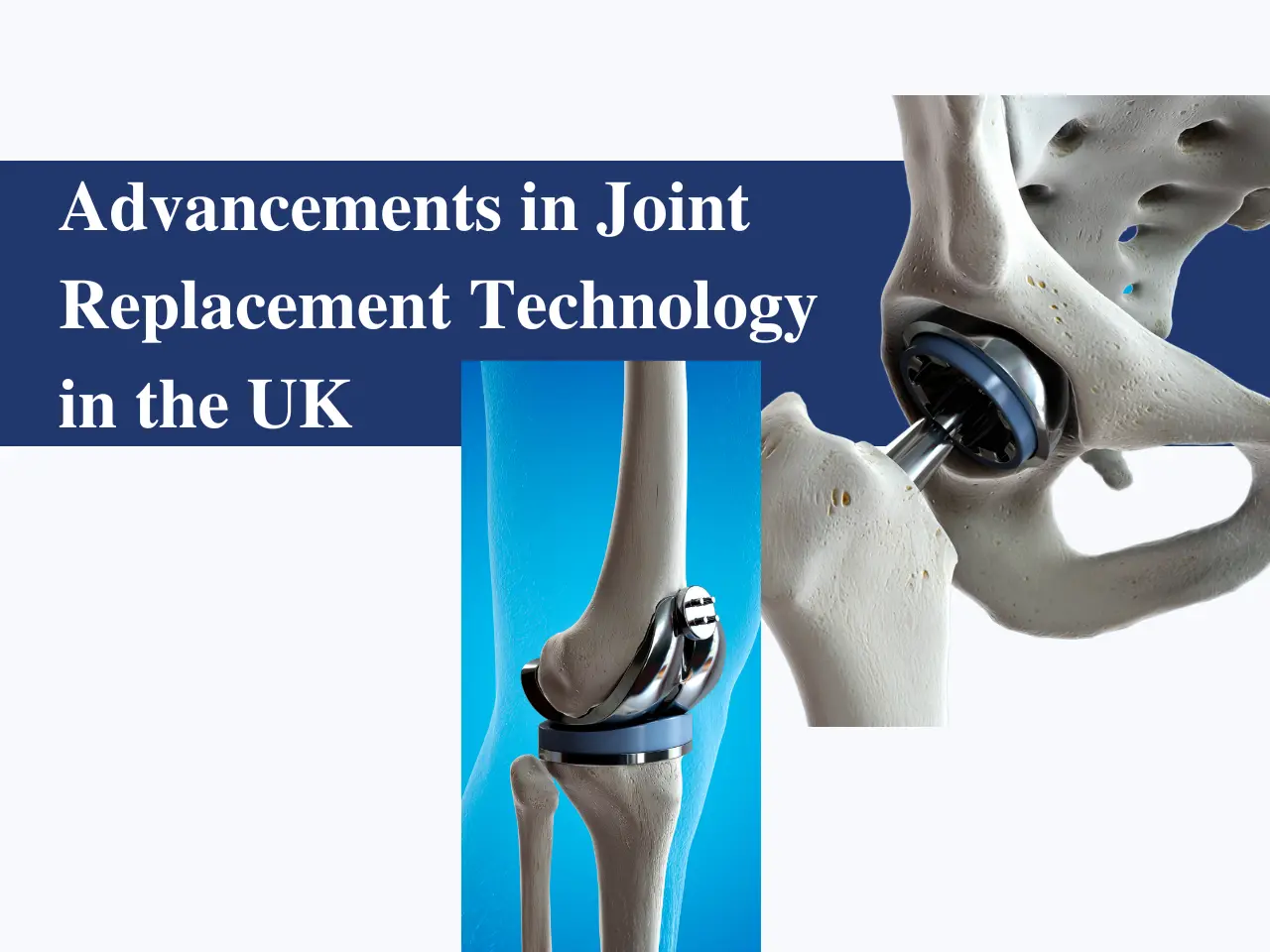Understanding Partial Knee Replacement (Unicompartmental): Benefits and Beyond
Partial knee replacement, also known as unicompartmental knee replacement, is a surgical procedure that aims to address specific compartments of the knee affected by arthritis or damage.
This innovative approach allows for targeted intervention while preserving healthy portions of the knee joint.
In this article, we delve into the details of what partial knee replacement entails, its prevalence, and the numerous benefits it offers, all while highlighting the expertise of renowned surgeon Prof. Nikhil Pradhan, specializing in partial knee replacement in Cheshire and serving as a leading partial knee replacement surgeon in the UK.
What is Partial Knee Replacement (Unicompartmental)?
Partial knee replacement, or unicompartmental knee replacement, is a surgical procedure designed to replace only the damaged or arthritic part of the knee joint.
Unlike total knee replacement, which involves replacing the entire joint, partial knee replacement is a more targeted approach.
It focuses on specific compartments, such as the medial, lateral, or patellofemoral compartments, providing a more conservative option for patients with localized knee damage.
How Common is Partial Knee Replacement Surgery?
Partial knee replacement surgery has gained popularity in recent years due to its minimally invasive nature and potential for faster recovery.
While the total number of knee replacement surgeries is substantial, partial knee replacements represent a significant portion of these procedures.
The increasing awareness of the benefits of partial knee replacement has contributed to its growing prevalence, making it a viable option for eligible patients seeking relief from knee pain and improved joint function.
Benefits of Partial Knee Replacement:
- Preservation of Healthy Tissue: One of the key advantages of partial knee replacement is the preservation of healthy tissue. By targeting only the affected compartment, the surgery minimizes disruption to the surrounding structures, leading to a more natural feel and function of the knee joint.
- Faster Recovery: Partial knee replacement typically involves a smaller incision and less trauma to the knee compared to total knee replacement. This results in a quicker recovery time, allowing patients to return to their normal activities sooner.
- Improved Range of Motion: Patients often experience improved range of motion following partial knee replacement, as the surgery addresses specific areas of damage without compromising the entire joint. This can contribute to enhanced mobility and overall joint function.
- Less Postoperative Pain: The focused nature of partial knee replacement translates to reduced postoperative pain for many patients. This can be attributed to the smaller incision and decreased disruption to healthy tissues during the surgery.
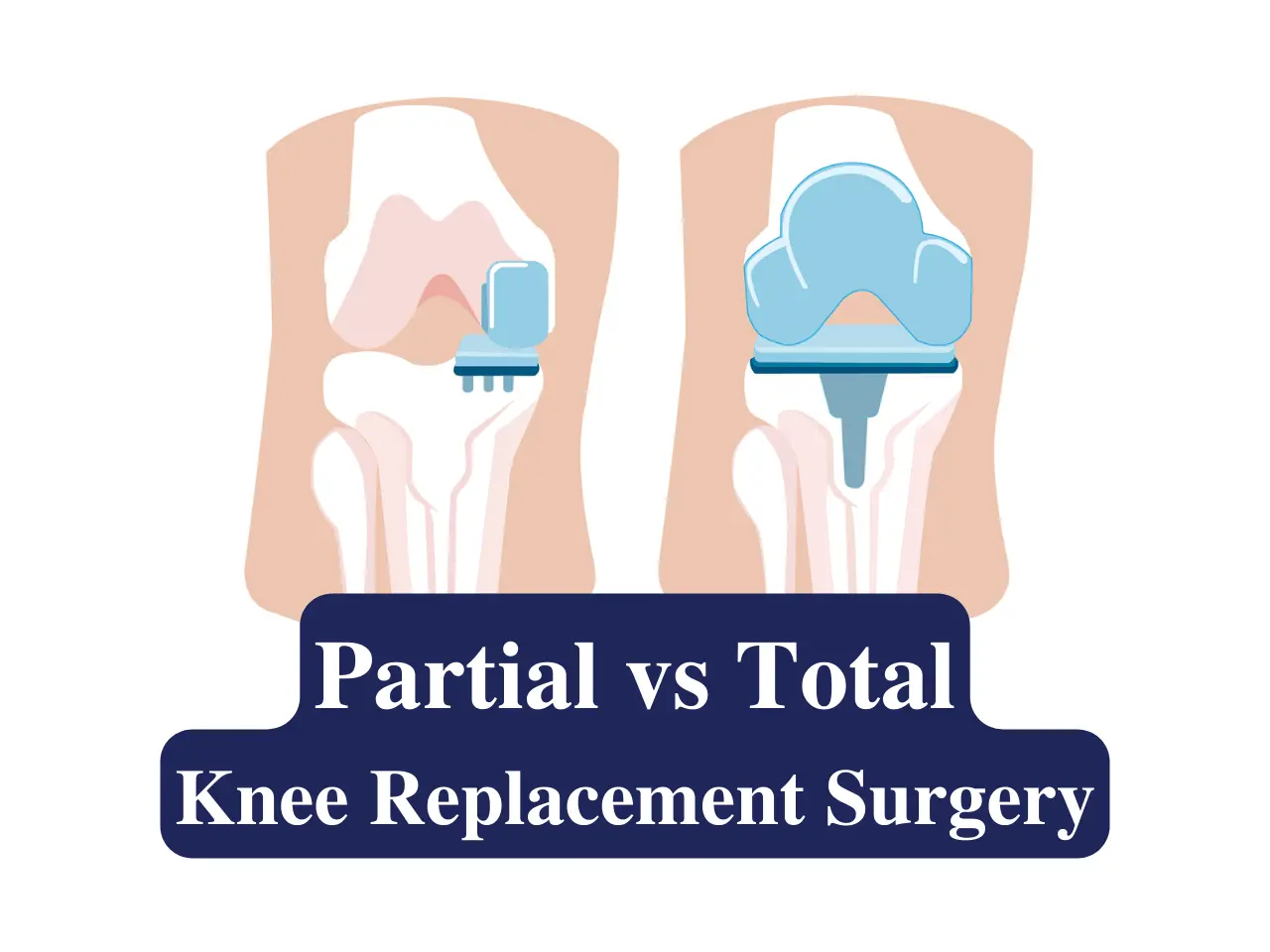
Which is Better: Partial or Full Knee Replacement?
Choosing between partial and full knee replacement is a decision that requires careful consideration of various factors.
Each type of knee replacement surgery has its own set of benefits and considerations, and the best option depends on the individual patient’s condition, lifestyle, and preferences.
We explore the key differences between partial and full knee replacement to help individuals make an informed decision about which procedure may be better suited for their unique needs.
Partial Knee Replacement:
Partial knee replacement, also known as unicompartmental knee replacement, involves replacing only the damaged or arthritic part of the knee joint.
This procedure is suitable for patients with localized damage in specific compartments, such as the medial, lateral, or patellofemoral compartments.
Full Knee Replacement:
On the other hand, full knee replacement, or total knee replacement, involves replacing the entire knee joint with an artificial implant.
This procedure is typically recommended for patients with more extensive damage or arthritis affecting multiple compartments of the knee.
While total knee replacement provides comprehensive relief, it involves a longer recovery period and may result in a slightly longer hospital stay compared to partial knee replacement.
Factors Influencing the Choice:
- Extent of Knee Damage: The extent and location of knee damage play a crucial role in determining the most suitable type of surgery. Partial knee replacement is ideal for patients with localized damage, while total knee replacement may be necessary for widespread arthritis.
- Patient Age and Activity Level: Younger, more active patients may benefit from partial knee replacement due to its potential for faster recovery and preservation of natural joint structures. Total knee replacement is often considered for older patients with a less active lifestyle.
- Overall Health: The patient’s overall health and any existing medical conditions should be taken into account. Partial knee replacement may be a more suitable option for those with fewer health concerns, while full knee replacement might be necessary for patients with significant health issues affecting the entire joint.
- Surgeon’s Recommendation: The expertise and recommendation of the surgeon are crucial in making the right choice. Prof. Nikhil Pradhan, a renowned partial knee replacement surgeon in Cheshire, emphasizes a personalized approach, carefully evaluating each patient’s condition to determine the most appropriate surgical option.
Pain Management After a Partial Knee Replacement:
Effective pain management is a crucial aspect of the postoperative period. Prof. Nikhil Pradhan employs advanced pain management techniques to ensure patients experience minimal discomfort after partial knee replacement.
This may include a combination of medications, physical therapy, and personalized rehabilitation plans tailored to each patient’s needs.
Partial Knee Replacement in Cheshire with Prof. Nikhil Pradhan:
As a distinguished partial knee replacement surgeon in the UK, Prof. Nikhil Pradhan brings extensive experience and expertise to Cheshire.
His commitment to providing state-of-the-art care and personalized treatment plans has made him a trusted choice for individuals seeking partial knee replacement in the region.
Prof. Pradhan approach focuses on delivering optimal outcomes while prioritizing patient comfort and satisfaction.
Conclusion:
Partial knee replacement, or unicompartmental knee replacement, offers a targeted solution for individuals dealing with localized knee damage.
The benefits of this procedure, including preservation of healthy tissue, faster recovery, improved range of motion, and less postoperative pain, make it a compelling option for eligible patients.
Prof. Nikhil Pradhan expertise in Partial and Total knee replacement in Cheshire underscores the commitment to delivering high-quality care and positive outcomes for individuals seeking relief from knee pain and improved joint function.

